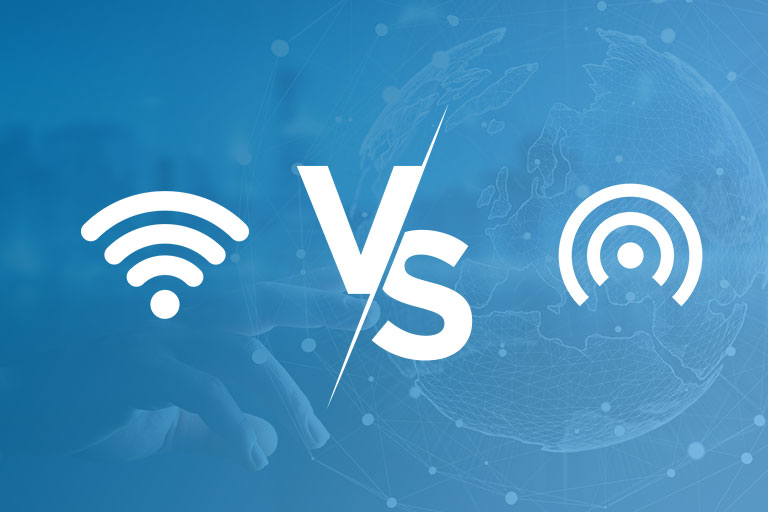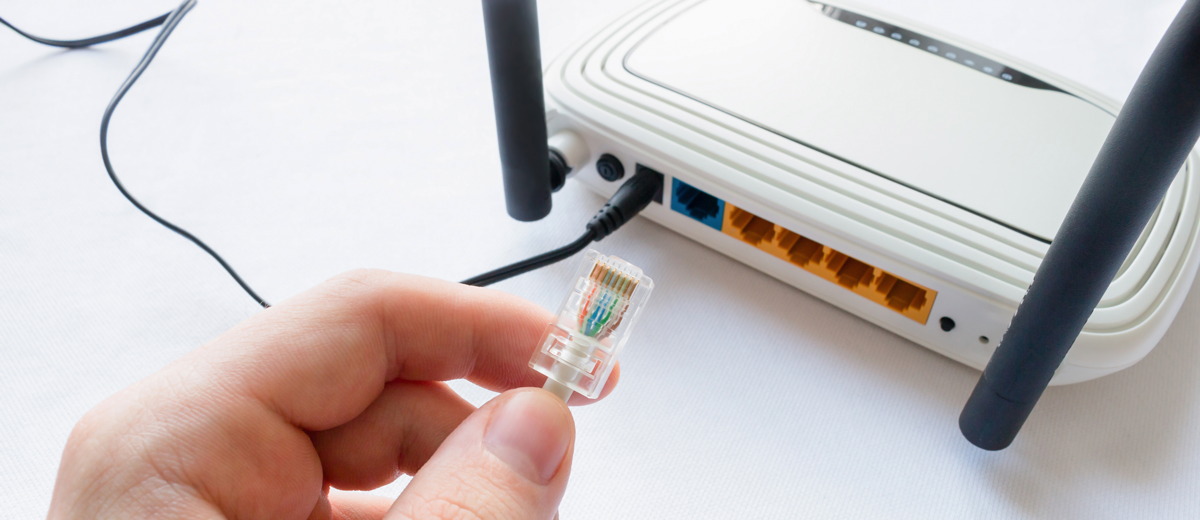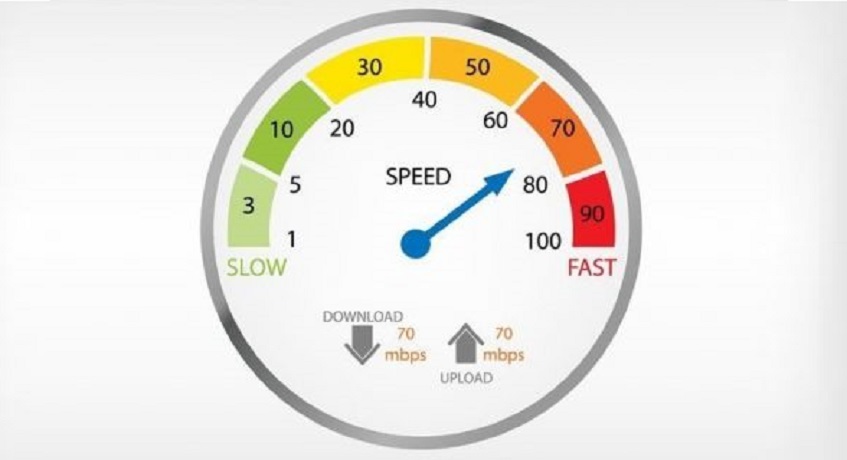There are many technologies available in the market that can get you connected to the Internet. Two of the most popular ones are WiFi and hotspot. Both of them are quite different in terms of their features and transmission.
WiFi technology uses radio waves to spread signals across various devices. In case the signals are weak, you can also employ a WiFi booster. A hotspot, on the other hand, implies that a certain spot can be used by people to connect to the Internet.
Table of Contents
WiFi and Its Features
It is an Internet technology that transfers data between providers and devices through radio frequency signals. Because of this feature, it doesn’t require wires to transfer information across devices. It operates just like a LAN and receives and transfers information based on 802.11 network protocols.
Because of its impressive features like long-range and reliability, the majority of the Internet using population prefers this setup for their homes and offices. The service provider sends the network signals to your router or modem. The router then spreads the signals across multiple devices at your home.
This technology generally uses a 2.4 GHz range of frequency to transmit signals. However, if there is an interference with the other networks, it can also operate on the 5 GHz frequency band.
Hotspot and Its Features
A hotspot refers to a place that has the infrastructure to deliver Internet signals. At this particular spot, the people with the key can connect their mobile devices to the Internet and access various websites. An Internet service provider transmits the Internet signals to a modem or router installed at a public spot. This modem or router operates as a LAN to connect various devices to the Internet.
A hotspot can be set up in malls, restaurants, markets, and hospitals extra. Its basic purpose is to help the people visiting these places stay connected.
Don’t miss: Does A New Router Improve My internet Speed?
WiFi vs. Hotspot
As the world of the Internet is rapidly changing with new technologies like LiFi and WiFi 6E, many people think of these WiFi and hotspots as the same. But there are many important differences between them.
Terminology
Both of them are important means of delivering Internet signals to the masses. However, they use different kinds of technologies to do so. Based on your Internet preferences and needs, your home WiFi speed, range, and access can fluctuate a lot.
On the other hand, a hotspot is a wireless network at a specific place. You cannot alter the speed, range, and other features of this network based on your preferences. Also, you can’t change the password if you encounter security issues. That is totally up to the administrator.
Speed
The speeds delivered by Cox WiFi Plans are generally better than the speeds delivered by hotspots. This is because only a limited number of users access the Internet through a WiFi setup. On the other hand, a busy hotspot can have a huge number of people during peak hours. So, speeds can get quite slow at crowded hotspots.
Providers
WiFi can be offered by several cable service providers all over the world. So you can subscribe to your local cable provider’s Internet plans or opt for more popular ones. Hotspot Internet services, on the other hand, are mostly provided by mobile companies like Verizon extra.
Read also: VPN vs RDP – What’s the Difference
Infrastructure and Technology
WiFi technology employs radiofrequency waves to create access points for its users. The most common network protocols that it follows are ‘IEEE 802.11.’ It creates a LAN network with the help of its wireless infrastructure and transmits its signals over an estimated range. So, devices in the vicinity of a Cox WiFi network can easily receive and transmit information without any interruptions.
A hotspot, on the other hand, is just an access point for a WiFi setup. Therefore, the signals are weaker and even get diminished in crowded areas.
Control
WiFi is a setup that offers maximum control to the user. The customer is responsible for setting up the password and can limit the number of users on the network by choosing not to share this password. He/she can easily change the password and control the number of existing users of a network. Also, he/she can change the settings and set up a guest WiFi network to prevent unwanted people from using your network again.
Hotspot Internet services are mostly offered by big businesses controlling public space. So, no matter how many people use the Internet service at a hotspot, the settings can only be controlled by the administrator.
Coverage Area
In terms of the coverage area, hotspot signals take the lead. Various WiFi devices have a limited range because the network is using the 2.4 GHz, frequency band. The normal range that is guaranteed by most of the WiFi setups is 32 meters. More advanced WiFi setups that use a 5 GHz frequency band can reach larger distances than this. You can also use a WiFi repeater or extender to enable the signals to cover more area.
Hotspot Internet services, on the other hand, can over as large distances as 33 ft. But the signal strength considerably drops as people move farther away from the source.
Safety
Finally, WiFi setups are generally more secure than hotspots. If you are using an end-to-end encrypted network, then cyber attacks won’t be a problem for you. But, if you are using a hotspot Internet service, anyone can guess the password. He/she can steal your private information and leak it online. So, it is important to use a VPN service while using a public hotspot.




